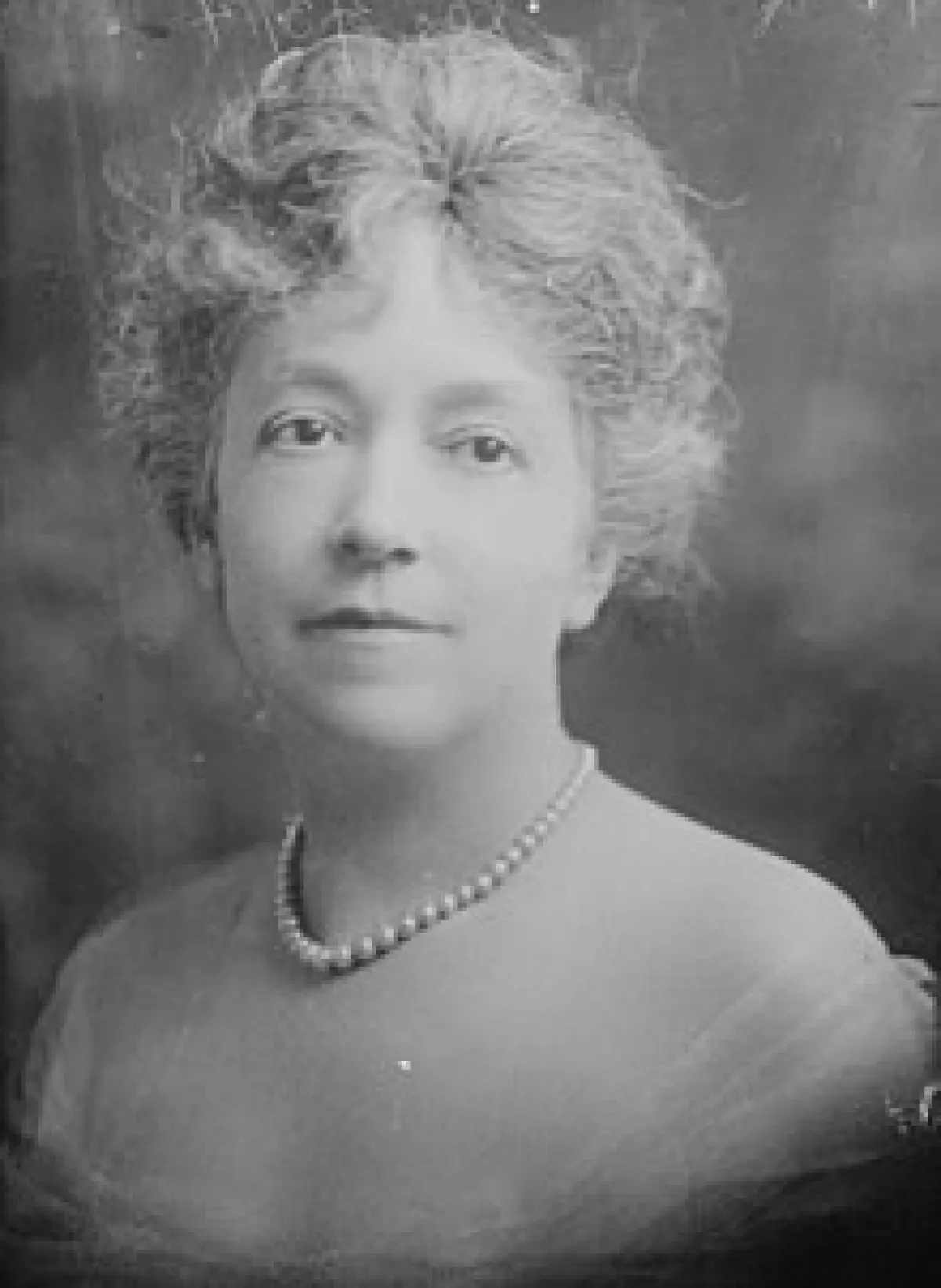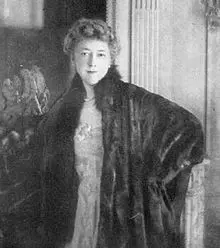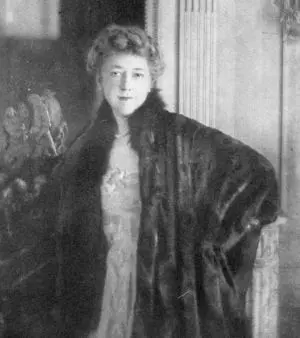 Elsie de Wolfe, photograph from The House in Good Taste, 1913
Elsie de Wolfe, photograph from The House in Good Taste, 1913
Elsie de Wolfe was much more than just an actress. Born in New York City in 1859, she had a keen eye for aesthetics and an unwavering passion for design. This led her to become one of the first female interior decorators in history, revolutionizing the industry with her innovative ideas and refreshing style.
Inventing the Profession of Interior Design
According to The New Yorker, "Interior design as a profession was invented by Elsie de Wolfe." She quickly rose to fame and became the most sought-after interior decorator until the 1930s. Notable clients such as Anne Harriman Vanderbilt, the Duke and Duchess of Windsor, and Henry Clay Frick sought her expertise to transform their homes. Her signature style involved replacing dark, heavy Victorian decor with lighter, more intimate spaces adorned with 18th-century French furniture and accessories.
 A room designed by Elsie de Wolfe (color photograph from The House in Good Taste, 1913)
A room designed by Elsie de Wolfe (color photograph from The House in Good Taste, 1913)
Embracing Personal Sensibilities
Elsie de Wolfe's affinity for design was deeply rooted in her personal experiences. As a child, she was acutely sensitive to her surroundings, and one incident shaped her lifelong aesthetic preferences. Coming home from school one day, she discovered her parents had redecorated the drawing room in a dark and unattractive manner. This traumatic event instilled in her a determination to banish such ugliness from her own designs, leading her to revolutionize the industry with her fresh and vibrant approach.
Bessie Marbury, her close friend and lover, played a significant role in Elsie's success. Living together in the Irving House, the two women navigated the world of high society, with Bessie's influence and support bolstering Elsie's career.
The Colony Club and Beyond
Elsie de Wolfe's breakout moment came when she secured the interior design commission for the Colony Club in New York. Completed in 1905, this women's social club became a testament to Elsie's talent and catapulted her into the spotlight. From there, she designed interiors for prestigious homes, clubs, and businesses across the United States.
The Life of Elsie de Wolfe
Elsie's personal life was as unconventional as her designs. In 1926, she married English diplomat Sir Charles Mendl. Although their marriage was seen as a mere convenience, Elsie proudly took on the title of Lady Mendl. Throughout their marriage, she continued her relationship with Bessie Marbury until Bessie's death in 1933.
 Elsie de Wolfe in Red Cross volunteer uniform, from a 1919 publication.
Elsie de Wolfe in Red Cross volunteer uniform, from a 1919 publication.
A Legacy of Inspiration
Elsie de Wolfe's impact on the world of design is immeasurable. She embraced lighter, more feminine aesthetics, championing the use of mirrors, white and pale colors, and delicate furniture. Her focus on chinoiserie, chintz, and garden-inspired motifs brought a breath of fresh air to interiors. Elsie's inspiration stemmed from 18th-century French and English art, literature, theater, and fashion. She once famously remarked, "I opened the doors and windows of America and let the air and sunshine in."
Elsie de Wolfe's incredible career spanned decades, and she continued to embrace a vegetarian lifestyle well into her later years. Known for her eccentricities and daily exercises, such as yoga and acrobatics, she lived life to the fullest until her peaceful passing in Versailles, France.
Elsie de Wolfe's legacy lives on, inspiring future generations of interior designers to think outside the box and create spaces that evoke joy and comfort.
This article is based on the life and achievements of Elsie de Wolfe, as described in various sources.

















